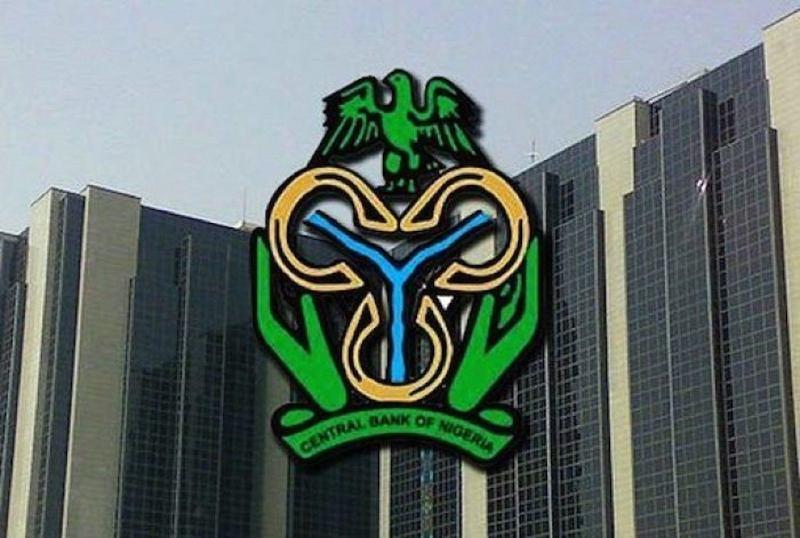Dike Onwuamaeze writes on efforts by the federal government and the Central Bank of Nigeria to revive the textile and garment sector
For the umpteenth time, the federal government and the Central Bank of Nigeria (CBN) have expressed their desire to revive the country’s ailing textile industry through the injection of proposed N100 billion. The initiative is expected to create two million jobs.
The new intervention fund is at the instance of President Muhammadu Buhari, who gave the directive last week for the central bank to come to the aid of the textile industry as part of his administration’s strategy to diversify the economy and achieve inclusive growth through job creation.
The new efforts to salvage the textile industry has seen to the establishment of the Textile Revival Implementation Committee (TRIC) whose members include the officials of CBN, Federal Ministries of Agriculture and Rural Development; Water Resources; Industry, Trade and Investment and the Governments of Kano, Kaduna, Katsina, Gombe and Zamfara States by the CBN.
“This committee,” according to the Governor of CBN, Mr. Godwin Emefiele, “is driving the initiative to achieve self-sufficiency in cotton production and textile materials within a span of three years.”
“The federal government is also going beyond throwing money at the sector to creating domestic demand for the textile products through the implementation of the Executive Order 003, which mandated “procuring authorities to give preference to Nigerian companies and firms in the award of contracts, in line with the Public Procurement Act 2007,” he added.
Stakeholders’ Support
In furtherance of the order, Emefiele spearheaded the signing of a Memorandum of Understanding (MoU) between the Armed Forces of Nigeria, Nigeria Police, Paramilitary Institutions and National Youth Service Corp on one side and the Nigerian Textile Manufacturers Association (NTMA), Ginning Companies and National Cotton Association of Nigeria (NACOTAN) on the other side for supply textile fabrics to these government agencies.
The directive for the agencies to source their uniforms locally was described by the Director General of Lagos Chamber of Commerce (LCCI), Mr. Muda Yusuf, as the only good thing the government has done that would have positive impact on the industry if it would be well implemented.
“The directive that uniform security agencies shall be buying their fabrics domestically will create some business for them because it is quite a huge budget.”
Similarly, the Director General of NTMA, Hamma A. Kwajafa, told THISDAY that the utilisation of local fabrics by the government agencies would be favourable to the textile industry.
“First, it will reduce our stocks because companies are producing and have mass stocked in line with the Executive Order 003 of 2017, which promised us that they are going to mop up everything. It will also create a market and provide us with an outlet to sell our products,” Kwajafa added.
The CBN, under the latest intervention strategy, has approved N19.18 billion for the financing of nine ginneries at single digit interest rate to retool their processing plants.
Emefiele explained that the central bank’s intervention in the local textile and garment factories would enable them to manufacture assorted fabrics for our uniformed services that would meet international standards.
The current disposition of the federal government to offer a lifeline to the textile sector has been long expected by the industry.
“My message is that something urgent should be done to save the Nigerian textile industry from extinction,” Kwajafa told THISDAY in an interview before the announcement of the latest intervention.
He added that: “Certainly if nothing is done and government policies are not fully implemented we will definitely experience more closures. The government need to support them and buy these made in Nigeria fabrics from them.”
The CBN governor had lamented that “smuggling of textiles goods alone is estimated to have cost the nation an import bill of over $4billion annually on textiles and apparel leading to a situation where most of the textile factories, all stopped operations and the workforce in Nigeria’s textile industry stands at less than 20,000 people today from about two million in the boom years.”
History of Textile Sector
The history of the Nigerian textile industry dates back to 1957, when the then Premier of the Northern Rejion, Alhaji Ahmadu Bello, visited Egypt and witnessed firsthand heavy industrial textile activities that processed cotton into clothing materials.
The visit opened his eyes on what to do with the abundant cotton in the Northern Region.
“That was how the Kaduna Textile Mills came into operation in 1957 as a backward value chain integration industry. It was copied by other regions because of the healthy competition that existed in Nigeria then, which multiplied the number of textile mills across the country,” Kwajafa said.
The boom in the textile industry was so rapid that there were 167 textile mills in the country in 1980s. Employment also boomed to the extent that more 500,000 employees were working directly in the textile industry. Then it was tagged largest employer of labour after the government.
However, the fortunes of the sector began to nosedive in the 1990s when the telling effects of the Structural Adjustment Programme started to sap the vitality of the industry. The industry decreased to 24 textile mills in the country.
These mills that managed to survive are working by fits and starts. Most of them have reduced shifts from three to one per day. Some are working only when they have bookings to supply. It attracted no new investors since 1990s.
As the fortunes of the industry declined, importers and smugglers filled the gap and sold at prices the local manufacturers could not compete with them.
“What brought about all this was the fact that smugglers came in. Some out rightly counterfeited our products and smuggle them back to Nigeria in millions of meters and sell them cheaper than our local products.
“You can get five yards of these smuggled fabrics at N1,000 in our markets. No Nigerian textile mill can produce at that price. If people are paying the proper import levies there are no way they can sell them that cheap,” Kwajafa said, adding that “goods come in easily through the borders because of the manual operations and nobody questioned them.
He, however, heaved a sigh of relief with the current closure of the country’s bother.
“There is a lot of corruption at the border. That is why they have closed the border to check and see what the issues are and what are the borders are being used for. But as long as things go manual, without the use of technology, we can never control our borders,” he said.
Kwajafa used one occurrence in 2015 to illustrate the large scale smuggling of textile fabrics across the country’s borders with the connivance of some corrupt officials of the Nigeria Custom Service (NCS).
“When President Buhari’s government came newly in 2015, the then Comptroller General of NCS went and raided 75 warehouses in Kano alone and recovered textile goods worth N315 billion. “They just wanted to impress the President when he came in newly. It means they know how these things came in. They didn’t bring them in on camels’ back.
“These are trailers that came and parked in Kano markets and off load in various warehouses. So you can see the problems are particularly those of the customs who allowed them to come in without paying the right invoices,” he added.
“There are a number of policies the government still needs to implement in order to create a favourable climate for the textile industry. They include fixing the infrastructure to reduce cost, the attainment of policy consistency and electronic management of the borders to reduce corruption and boost collection of exact duties from importers,” he added.
The NTMA are also calling on the federal government to commence the implementation of the textile development fund, which was established in 1997. The association believed that 10 percent of the annual import bill of $4 billion textile fabrics would have gone a long way to ameliorate the problems in the sector.
“The federal government put out a policy that for the textile industry to be competitive, 10 percent of duties on fabric coming into Nigeria should go into textile development fund. That was in 1997. But since that day we have not seen any money. It has not been implemented.
“The thinking behind the fund is that we have decayed infrastructure and this kind of money will be able to cushion the textile industry and make them to be competitive. Similar levy was imposed on sugar and operators there are enjoying it and have become competitive. This money has never been giving to the textile industries.
“Each time we talk they will say that we are complaining too much. But if this fund is given to us we will be able to match whatever infrastructure advantage our competitors are having against us. It will mean that we would have had a textile bank where we can get loans at zero percent interest rate,” Kwajafa said.
Continuing, Ruwase advised the government to go back to the drawing board to find out why its previous interventions failed to salvage the industry.
“It is madness to keep doing the same things and expecting a different answer. “There was an intervention fund 10 years ago. There is another intervention fund now. Why don’t we find out why the earlier one failed to work,” Ruwase added.




